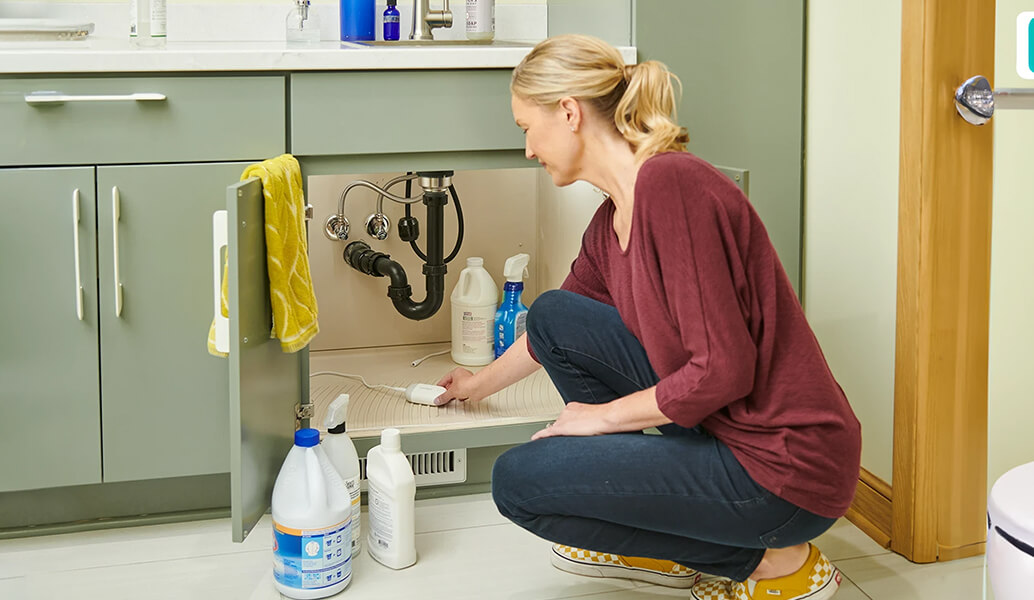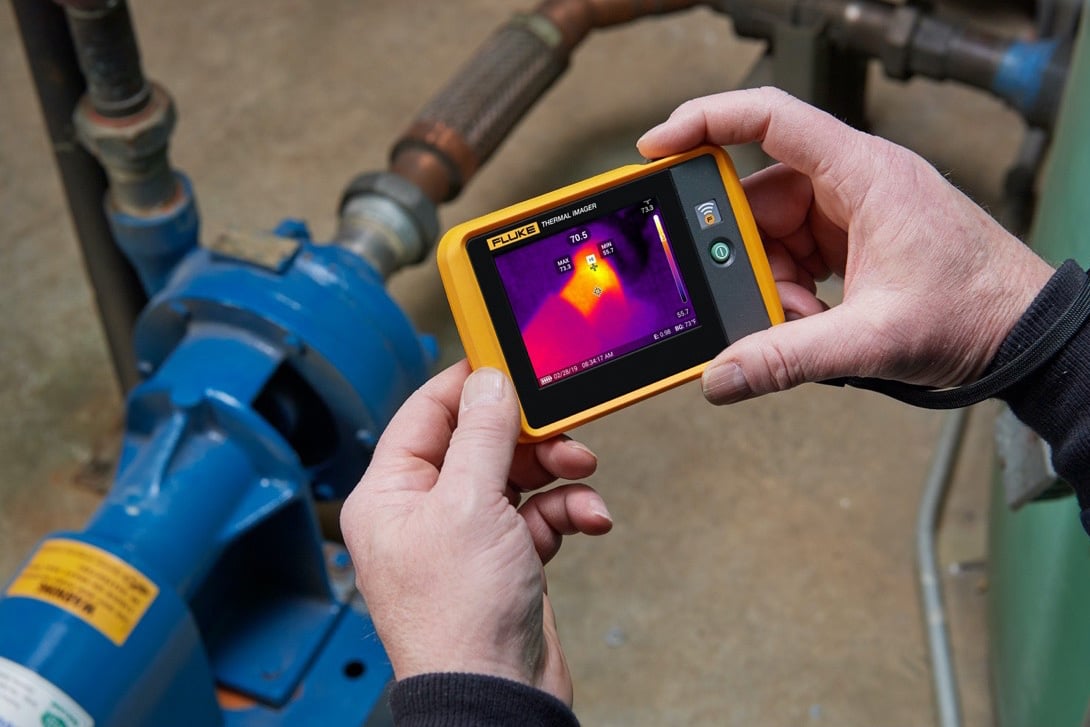Ingenious Solutions for Very Early Detection of Water Leakages in Buildings and Infrastructure
As the integrity of structures and infrastructure is vital, the challenge of very early discovery of water leaks has actually spurred cutting-edge services that assure to transform the means we protect versus potential problems. From cutting-edge leak discovery technologies to the implementation of IoT sensing units for real-time monitoring, the landscape of leak avoidance is developing swiftly. Machine discovering formulas offer a look right into the future of leakage prediction, while thermal imaging provides a non-intrusive approach for determining covert leakages. Automated water circulation evaluation systems are improving just how leakages are recognized and attended to, leading the means for a proactive method to water leakage discovery. Each of these solutions holds the essential to making sure the integrity and long life of our built environment, triggering a change in the direction of an extra lasting and reliable future.
Advanced Leak Discovery Technologies
Advanced leakage discovery modern technologies, outfitted with sophisticated sensors and formulas, play an essential role in swiftly identifying and pinpointing water leakages in different setups. These innovations employ a combination of acoustic, thermal, and electro-magnetic picking up techniques to identify leakages precisely. Acoustic sensing units spot the noise of getting away water, enabling accurate localization of the leak resource. Thermal imaging finds temperature adjustments brought on by water leakage, offering an additional reliable technique for leakage recognition. Electro-magnetic sensors can identify changes in magnetic fields triggered by water, supplying yet an additional layer of leakage discovery capability.

IoT Sensors for Real-Time Tracking
In the world of modern-day water leak detection, the combination of IoT sensing units for real-time monitoring stands for a critical innovation in boosting proactive leak detection abilities. These sensing units supply continuous tracking of water supply, supplying real-time information on water circulation prices, stress variations, and temperature changes. By leveraging IoT innovation, these sensors can discover also the tiniest abnormalities in water use patterns, making it possible for very early identification of potential leaks before they escalate into major issues.
IoT sensors transmit data to a centralized platform, where advanced formulas assess the details and create signals or alerts when irregularities are detected. This real-time tracking ability enables property proprietors or center supervisors to immediately address leaks, lessening water damages, reducing repair work expenses, and preserving water sources.
Moreover, IoT sensors can be integrated with structure read more administration systems, permitting automated responses to discovered leakages, such as shutting down water valves advice or activating pumps to minimize the influence of leaks. Overall, the execution of IoT sensing units for real-time tracking substantially enhances the performance and efficiency of water leakage discovery in buildings and framework.
Artificial Intelligence Algorithms for Leak Forecast

One trick benefit of using device knowing for leakage forecast is its ability to continuously learn and enhance its accuracy over time. As more data is collected and fed into the formula, it can improve its predictions and adapt to altering conditions, ultimately raising the integrity of leak discovery systems.
Furthermore, equipment understanding formulas can help in recognizing refined indications of leakages that might go undetected by conventional monitoring methods. water leak detection. By examining complex data sets in real-time, these algorithms can provide very early cautions and informs, permitting timely intervention and preventative maintenance to alleviate potential water damage and connected expenses
Utilizing Thermal Imaging for Leak Detection
Thermal imaging technology supplies a promising approach for detecting water leaks in various systems and facilities. By making use of infrared radiation and temperature differences, thermal imaging cams can identify covert leaks that are not easily noticeable to the nude eye. When water leaves from pipes or frameworks, it commonly changes the temperature of the bordering location, creating temperature differentials that thermal cams can capture. These temperature level irregularities are after that translated into noticeable pictures, highlighting the exact location of the leak.
One of the vital benefits of thermal imaging for leakage detection is its non-intrusive nature. Unlike typical techniques that might call for burglarizing walls or floors to locate leakages, thermal imaging enables non-destructive screening. This not only saves time and minimizes expenses yet additionally lessens disruption to the structure or facilities being evaluated. over here Additionally, thermal imaging can promptly check huge locations, providing a thorough overview of prospective leak resources in a timely way. In general, making use of thermal imaging innovation improves the effectiveness and accuracy of water leak discovery, making it an important tool for keeping the integrity of buildings and facilities.
Automated Water Circulation Evaluation Solutions
How can automatic water flow analysis systems reinvent the discovery and management of leaks in various systems and infrastructures? Automated water flow analysis systems supply a proactive technique to leakage discovery by continuously monitoring water flow rates and patterns. By developing baseline data, these systems can rapidly recognize variances that may show a leak, allowing timely treatment to stop comprehensive damage.
These systems use sophisticated algorithms to evaluate real-time data and give instant signals when abnormalities are detected, enabling for speedy action to be taken. Additionally, computerized water circulation evaluation systems can be incorporated with structure monitoring systems or IoT platforms, boosting general efficiency and allowing remote surveillance capabilities.
Additionally, the data accumulated by these systems can be made use of for predictive maintenance purposes, helping to identify prospective powerlessness in the infrastructure prior to leaks take place. In general, the implementation of computerized water circulation evaluation systems can substantially improve leakage discovery and management methods, inevitably bring about cost financial savings, minimized water wastage, and increased sustainability in structures and infrastructure.

Final Thought
In verdict, the assimilation of sophisticated leak detection innovations, IoT sensors, artificial intelligence formulas, thermal imaging, and automated water circulation analysis systems offers ingenious services for very early detection of water leakages in buildings and infrastructure. These innovations make it possible for real-time surveillance, prediction of leaks, and effective discovery approaches to avoid water damages and wastage. Executing these remedies can assist in maintaining the stability and sustainability of water supply in various settings.
Comments on “Advanced Water Leak Detection Solutions for Your Home and Service”